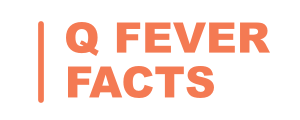People at increased risk of contracting Q fever include those in direct contact or in close proximity to infected animals, their products (such as faeces, urine, milk, wool & especially products of conception), and contaminated material (such as dust, aerosols, soil, grass, straw, clothes).
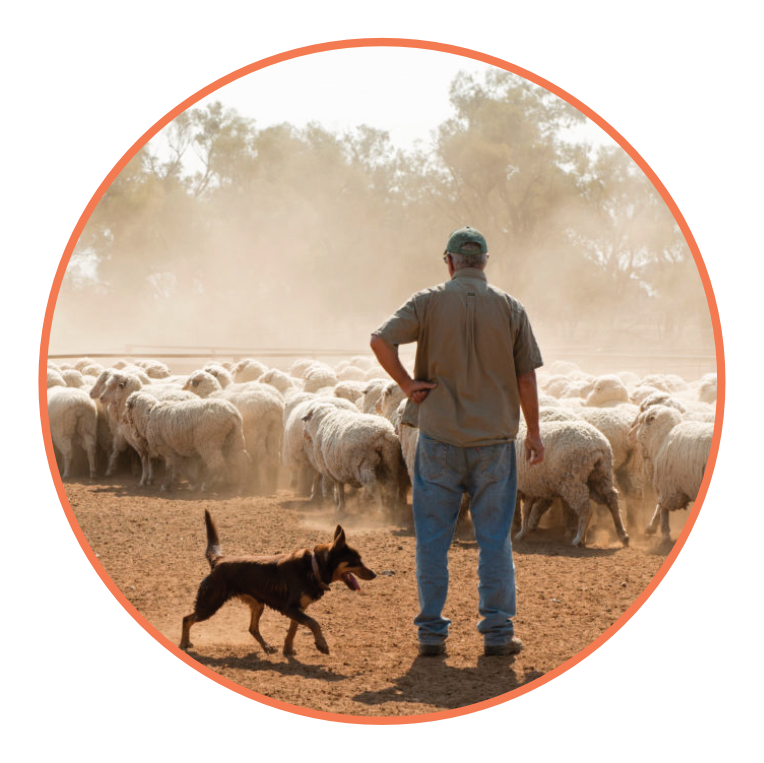
People working with cattle, sheep, goats and their products (main sources of infection). E.g. farmers, abattoir/meat workers, shepherds, animal transporters, stockyard workers, dairy farmers & producers, shearers & sorters, tanning/hide workers, vets & veterinary staff, agricultural staff.
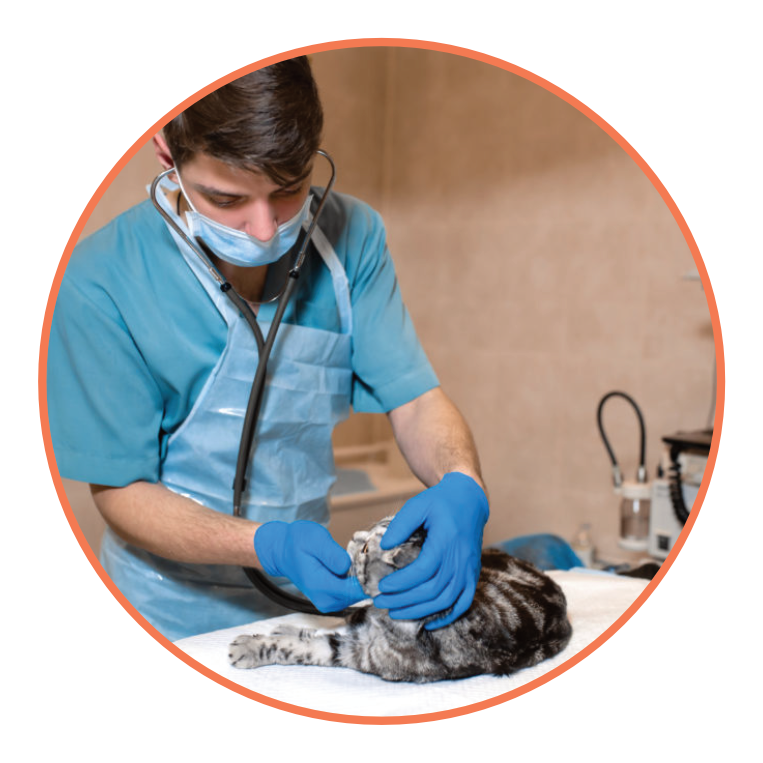
People working with wildlife (e.g. kangaroos), feral or domestic animals (e.g. camels, cats and dogs) and their products. E.g. dog & cat breeders, wildlife & zoo workers, handlers, workers culling & processing kangaroos, vets & veterinary staff.
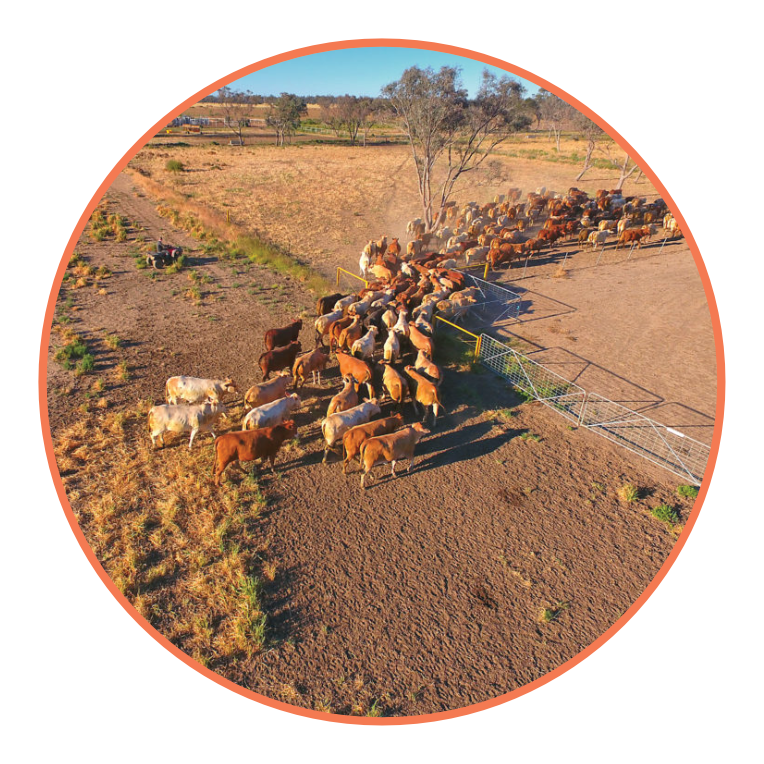
People who live, work or visit at-risk environments or areas in close proximity to them. E.g. farms, saleyards, livestock transport routes.
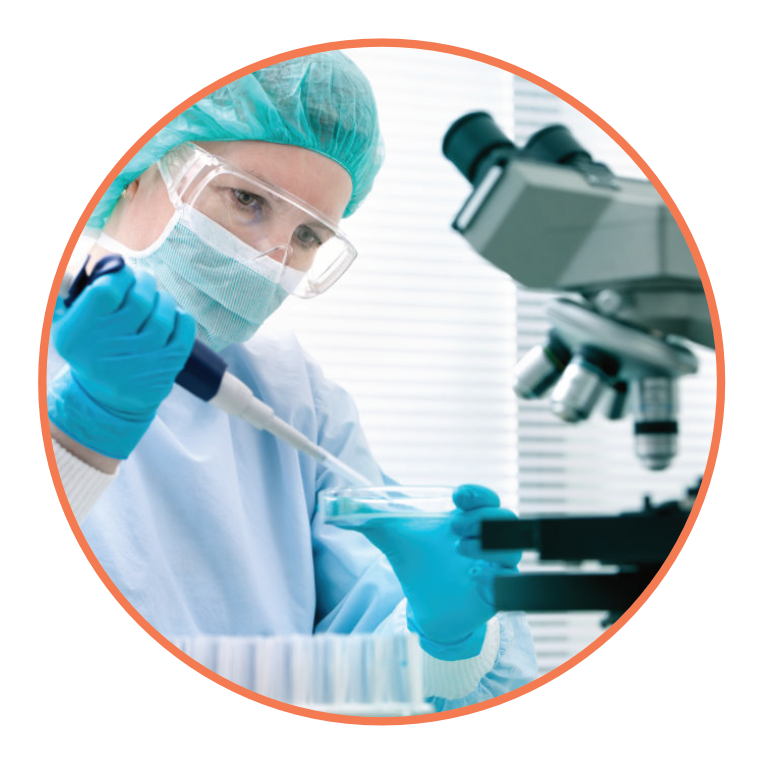
People working with Coxiella burnetii or laboratory animals. E.g. laboratory personnel handling veterinary specimens.
Further information is available from your doctor or state work health and safety guidelines if you work in an occupation considered to be at risk.
